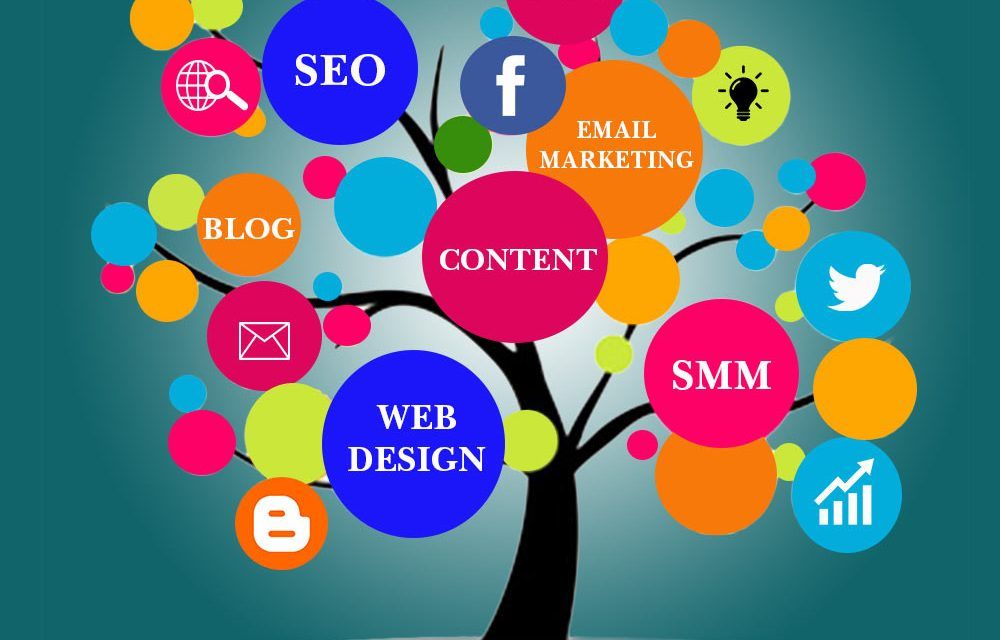7 Email Marketing Errors That You Should Avoid In Your Campaign
You are in the middle of the digital promotion campaign of your company and you have discovered in the massive sending of emails a very useful tool. You have a database of prepared for your campaign and everything ready to send. However, you should pay attention to certain email marketing errors that are committed more than you think.
Have you ever wondered why certain email marketing campaigns succeed while others are shipwrecked in the attempt? The following errors to avoid may give you the answer:
1. Do not take care of the matter and the sender
Yes, it may sound very obvious. But one of the main errors of email marketing lies in the lack of care with these two aspects.
Is it clear to your recipients that you are the one sending the message? Make sure that your name or the name of your company are perfectly reflected in the sender.
This generates greater confidence in the reception of the mail and its opening.
On the other hand, the issue is another of the most important aspects. And it is a common mistake to neglect it in email marketing campaigns.
Make the end of your message very clear, with a concise and non-deceptive concept. Do not promise the moon, simply summarize your goal.
2. Lose personal tone in your messages
Another of the most frequent email marketing errors is losing that personality in the message.
Even if we are facing a mass mailing campaign, and the recipient himself knows it, it does not mean that we should stop making him feel special.
And with just two or three simple actions, you can achieve better results.
Say hello to your receiver by his first name, apply the second person of the singular in the body of the mail and avoid farewell formalisms of the type “receive a cordial greeting” by others closer such as “I wish you good afternoon”, they will give you better results.
3. Forget about adding value to the content of your mail
An email with no valuable content ends up in the bin within two seconds. And it is very good that you want to introduce a striking call to action, but you must not forget the rest.
Users like to be given value, to receive a different message that provides ideas and solutions.
Focus on the typical “buy it now” or “register now” is another of the big mistakes of email marketing that you should avoid in your campaign.
4. Do not elaborate your own landing page
Where are you going to direct your users once they click on your call to action?
One of the most common email marketing errors is to forget to create a landing page or specific landing page, where the user can carry out the action to which you are inviting.
Make sure you take that user to the product or service you want to promote. If you do not make it easy, it is very likely that you lose that lead.
At NeoAttack, one of the best content marketing agencies, we always consider this detail in our strategies.

5. Pay little importance to the usability of the mail
Today, it is more than likely that most of your campaign emails are opened from a smartphone or tablet.
The computer is still in use, yes, but it has lost ground in favor of these portable devices. Therefore, make sure that your mail is displayed correctly on all platforms.
If you have received a poorly optimized email, you will know how annoying it is not being able to access the content correctly. And, surely, you will have ended up closing it without really knowing what its purpose was.
Remember this when it comes to carrying out your campaign, it is one of the most basic email marketing mistakes.
6. Put aside social networks
Among the errors of basic email marketing, leaving aside the inclusion of corporate social networks is among the most common. And it is common to find one of these emails without links to the sender’s profiles.
How do you expect to win more leads and followers if you do not provide that contact to your recipients? In addition to putting the simplest things, you will be inspiring greater confidence, giving you more channels to communicate with your brand.
7. Obviate the measurement and analysis of the results
Every online communication strategy yields a series of results that you must measure.
It is useless to launch one of these strategies if you do not pay attention to their operation and the ROI (Return on Investment) that you have achieved with them.
For both good and bad, all information will be tremendously valuable to you.
Analyze the percentage of opening, the number of emails that have been marked as spam, which texts have worked most, the colors … etc.
With these data, you can plan your future strategies much better.
These are the seven basic errors that you must take into account in your email marketing campaign.










